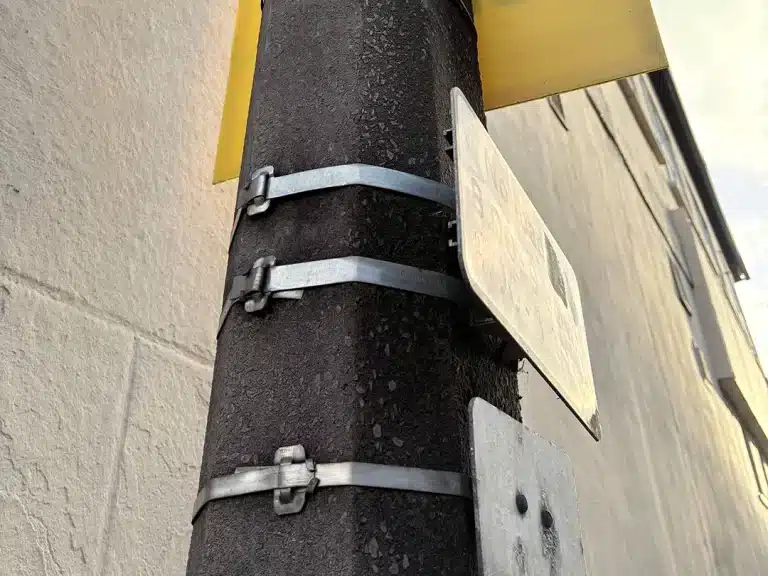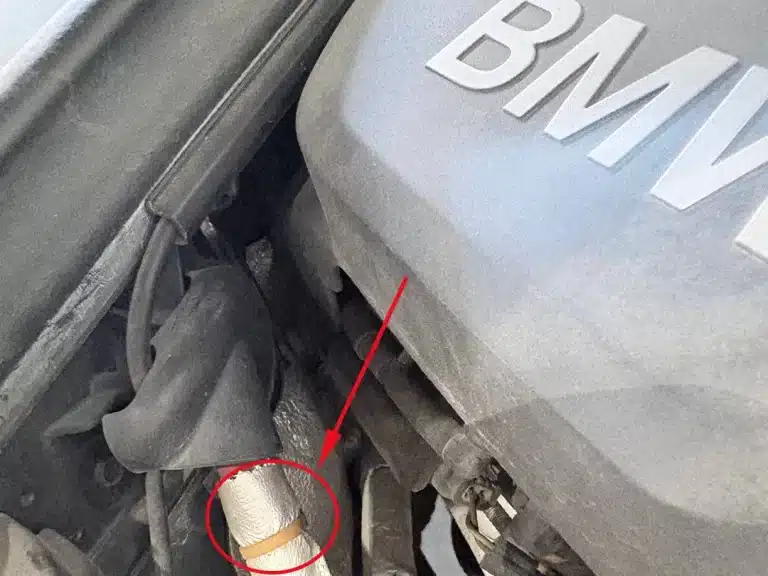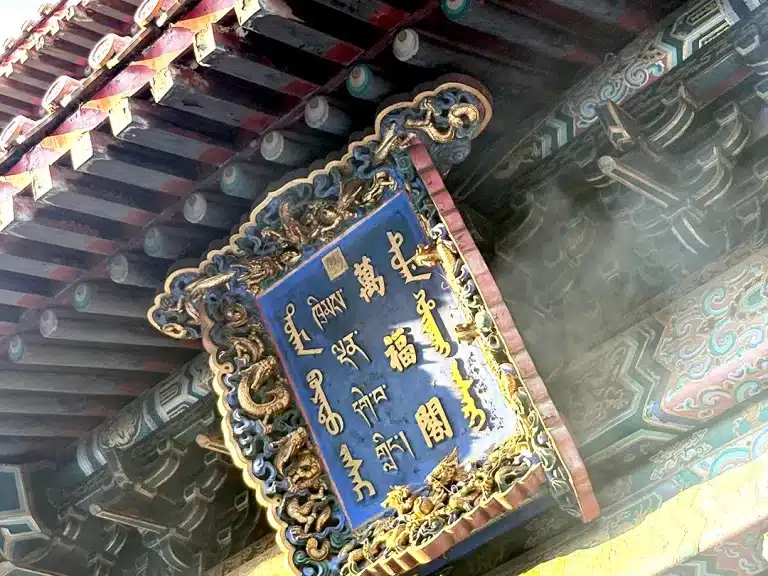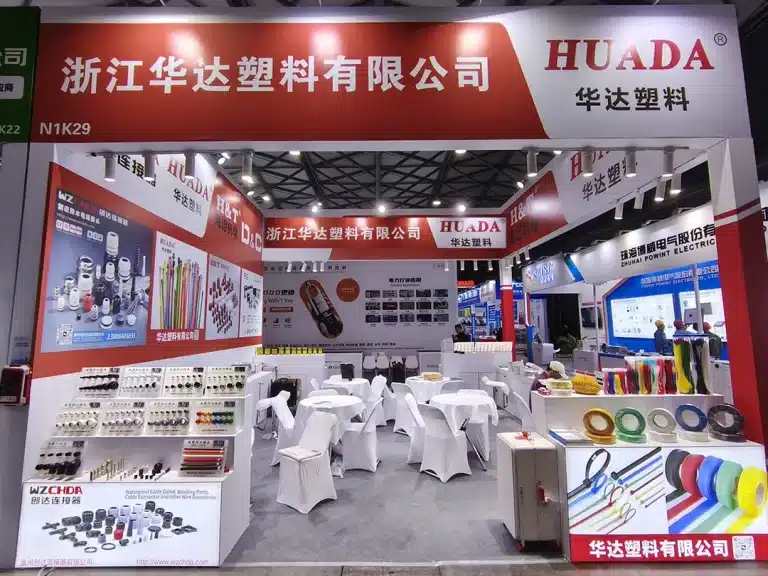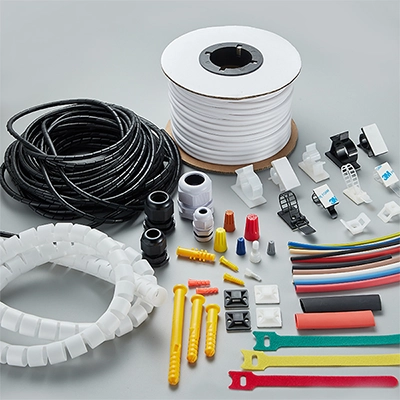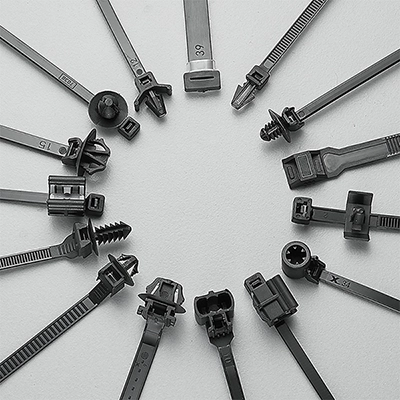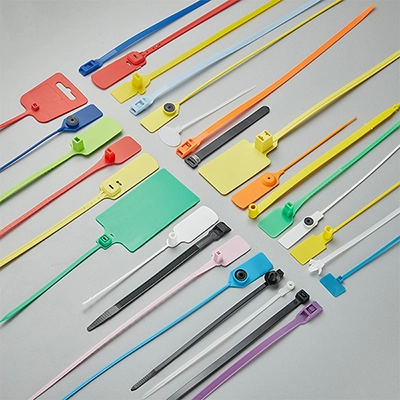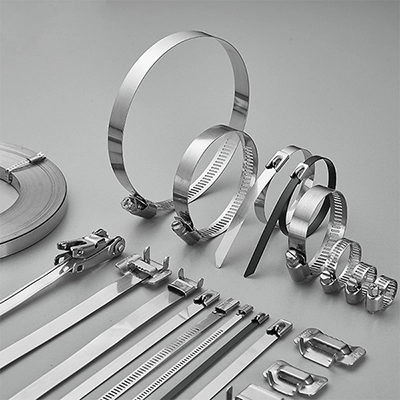Nylon cable ties are not only a common tool in everyday life—they’re also an essential accessory in large-scale engineering projects. Today, these simple but reliable ties are playing an important role in the construction of the Medog Hydropower Station, the first phase of the Lower Yarlung Tsangpo Hydropower Project—one of the most ambitious hydropower developments in the world.
Located in Nyingchi, Tibet, this project officially broke ground on July 19, 2025. Its planned installed capacity and annual power output are expected to be about three times larger than the Three Gorges Dam.
The construction site sits deep in the Yarlung Tsangpo Grand Canyon, an area known for high altitude, strong UV radiation, large temperature swings between day and night (often over 20°C), and frequent rain and snow. These tough environmental conditions are a challenge not only for heavy equipment, but also for small components used throughout the site. Even something as simple as a cable tie must offer excellent weather resistance and long-term durability to meet project standards.
1. Typical Use of Cable Ties in Medog Hydropower Station
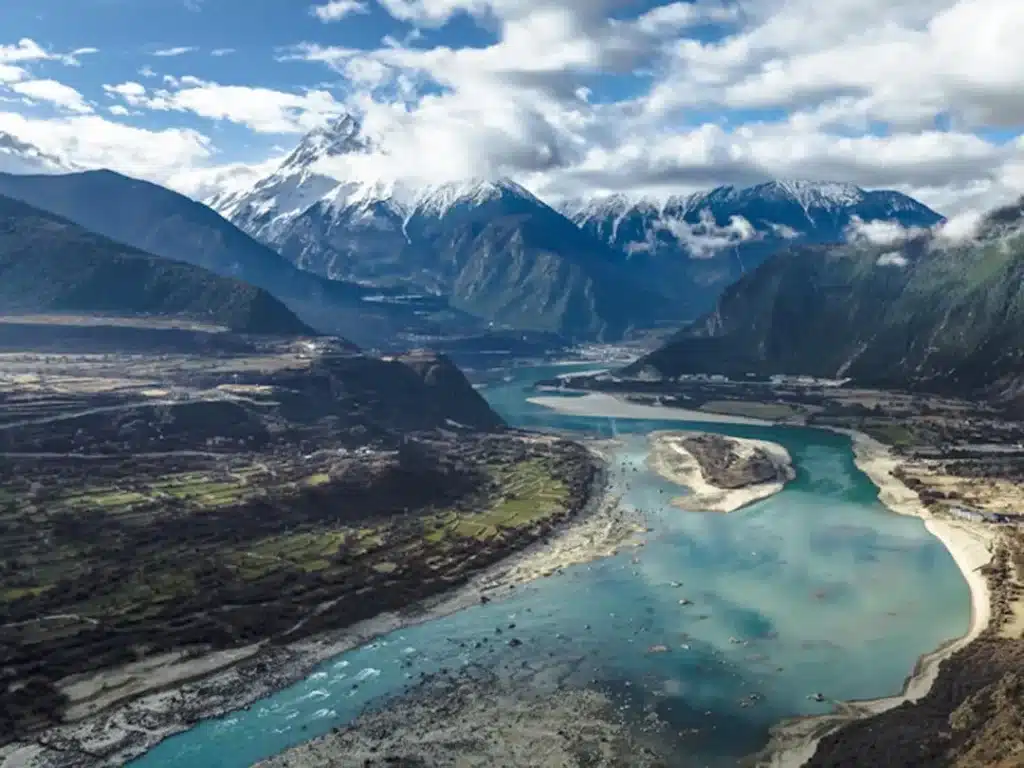
1.1 Cable Fixing on Cable Trays Inside Tunnels
In areas such as diversion tunnels, underground powerhouses, and surface switch stations, metal cable trays are first installed, followed by the laying of power cables and signal wires. To prevent cables from shifting due to vibration or moisture during operation, heavy-duty cable ties are used to secure power cables, control cables, and signal lines. This helps avoid loosening, tangling, or sagging of wires.
1.2 Cable Management in Control Cabinets and Secondary Circuits
In the hydropower station’s control room, rows of control and relay protection cabinets are filled with secondary circuit signal wires. Light-duty cable ties (e.g., 3.6mm width) are commonly used to neatly bundle these signal wires, communication cables, and other fine wiring. This keeps the interior tidy, makes labeling easier to read, and makes future inspections or maintenance much easier.
While indoor environments don’t require high weather resistance, the ties must have secure locking mechanisms and smooth-cut edges to avoid damaging the cable insulation.
1.3 Temporary Structures and Auxiliary Installations
During the construction phase of the Lower Yarlung Tsangpo Hydropower Project, temporary structures and auxiliary work are frequently needed. This includes temporary lighting setups, protective barriers, hanging signs, and more.
Nylon cable ties are widely used in these scenarios because they are lightweight, easy to install, and quick to remove—making them an ideal consumable for temporary tasks.
Although the usage time is short, the ties still need to offer reliable tensile strength and temperature resistance. Choosing the right specifications and stable-quality products helps reduce replacement frequency and maintenance workload.
1.4 Bundling Cables and Wires
After the main and branch cables are laid out, workers use nylon cable ties to secure the bundles in place, keeping the layout neat and preventing wires from sagging or shifting.
Along cable trays, wire ducts, and junction boxes, ties are applied at key points depending on routing and tension. In humid or long-term operation areas, UV-resistant PA66 nylon cable ties with low water absorption are preferred to extend the service life and reduce the need for maintenance.
Nylon Cable Tie Selection Tips for Hydropower Projects
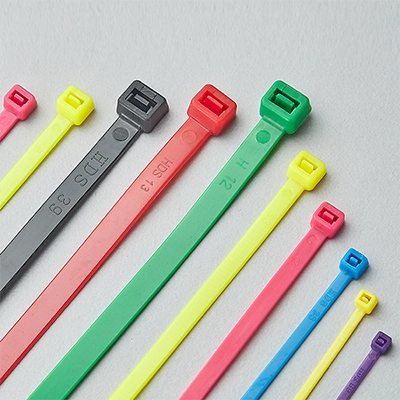
In challenging environments like the Medog Hydropower Station, where altitude is high, UV radiation is intense, temperature differences between day and night are large, and humidity is high, selecting the right type of nylon cable tie is critical. Here are some key factors to consider:
Weather resistance (UV protection):
For outdoor or long-term exposed areas, choose UV-resistant nylon cable ties to prevent aging and brittleness caused by strong sunlight at high altitudes.
Moisture and hydrolysis resistance:
In environments such as tunnels, river valleys, and damp workshops, use nylon cable ties made from low water-absorption materials to reduce performance loss due to humidity and water vapor.
Temperature range:
Due to large temperature variations during both construction and operation, ties should maintain stable performance in the range of –40°C to +85°C (or higher). This helps avoid cracking in cold conditions or softening at high temperatures.
Cable Tie Sizes and tensile strength:
Choose the right cable tie sizes based on the diameter and weight of the bundled items. Ensure the tensile strength meets the load requirements and consider long-term creep resistance for permanent installations.
Ease of installation and maintenance:
For temporary work or areas that may require adjustments, reusable cable ties are a good option. They offer flexibility and help reduce waste. However, their strength is usually lower than standard ties, so they should only be used in low-load situations.
For large-scale infrastructure projects like this, cable tie manufacturers are often required to provide product test reports or certificates proving compliance with relevant standards to ensure all materials meet performance and safety requirements.
5. Conclusion
In hydropower projects like the Medog Hydropower Station, where the environment is demanding and construction standards are high, nylon cable ties serve as a practical and widely used accessory. They are used across many parts of the project, from cable management and wire bundling to temporary setups.
Choosing the right type of nylon cable ties based on the site conditions can help improve installation efficiency and reduce the need for future adjustments. While not a core component, reliable cable fastening plays a role in keeping wiring organized and minimizing issues like sagging or abrasion—supporting the long-term operation of the system in a subtle but meaningful way.
